Red giant stars that eat planets might shine less brightly0
- From Around the Web, Space
- April 7, 2020
The finding could affect calculations for how fast the universe is expanding
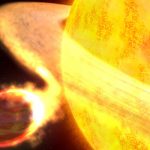
The finding could affect calculations for how fast the universe is expanding

In 2015, astronomers found something weird. It was a white dwarf star, 570 light-years from Earth, with a peculiar dimming pattern. It dimmed several times to varying depths, each depth repeating on a 4.5 to 5-hour timeframe; and its atmosphere was polluted with elements usually found in rocky exoplanets.
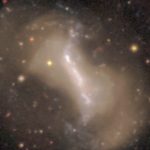
What happens when the large-scale drama of a violent galaxy merger plays out on small scales for a pair of dwarf galaxies? New observations document the scene of a recent dwarf-galaxy collision.

Scientists from the University of Sheffield have discovered a pulsating ancient star in a double star system, which will allow them to access important information on the history of how stars like our Sun evolve and eventually die.

It keeps breaking astronomer’s models of how stars are supposed to act.

The official verdict is in. As the red supergiant Betelgeuse once again returns to normal brightness levels, astronomers have taken the star’s temperature to identify the cause of its recent dimming.
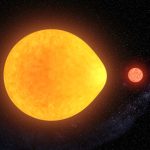
A star that pulsates on just one side has been discovered in the Milky Way about 1500 light years from Earth. It is the first of its kind to be found and scientists expect to find many more similar systems as technology to listen inside the beating hearts of stars improves.

Researchers have discovered a huge snowman-shaped star with an atmospheric composition never seen before.
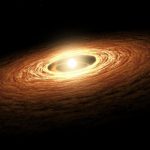
At only 1% the age of the sun, the DS Tuc binary system shows us how a planet might naturally develop before its orbit is disturbed by external forces.
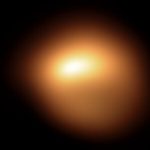
The nearby red supergiant has been dimming for a while now, but its exact fate is still unknown.